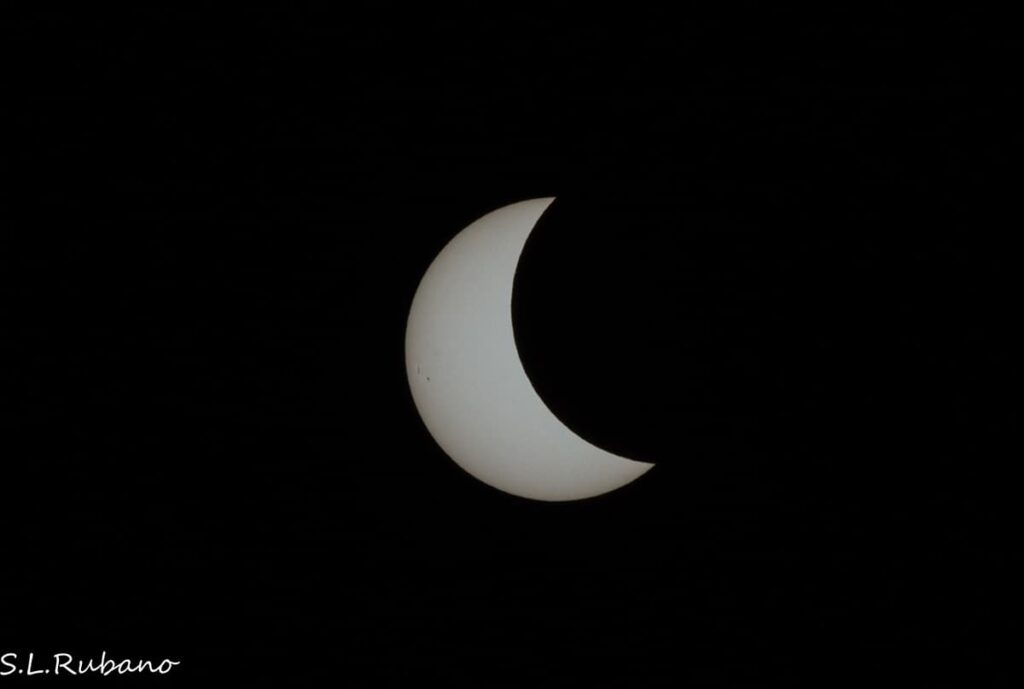
As the calendar turns to April 2024, astronomy enthusiasts and casual observers alike are gearing up for a spectacular celestial event: a total solar eclipse in PA!

Set to occur on the afternoon of Monday, April 8, this rare occurrence will see the moon passing directly between Earth and the sun, casting a shadow that will sweep across North America from the Southwest to the Northeast.
Among the fortunate regions in the “path of totality” is a portion of northwest Pennsylvania encompassing Erie, Crawford, Warren, and Mercer counties, which will find itself under the moon’s shadow, offering residents and visitors a front-row seat to this astronomical phenomenon.

As the moon aligns with the sun, it will gradually obscure the sun’s light, plunging the afternoon sky into darkness for nearly four minutes.

To fully witness the sun being completely enveloped by the moon, one must be situated in the path of totality.
However, the rest of Pennsylvania will still enjoy a significant partial eclipse, with up to 90 percent of the sun’s surface being covered.

Preparing to Watch the Solar Eclipse
This 2024 total solar eclipse promises excellent viewing opportunities across the state, provided the weather cooperates.
Safety, however, should be a top priority for all eclipse watchers.

Specialized eclipse glasses or viewers are essential for safe viewing, as regular sunglasses or unfiltered cameras will not offer adequate protection.

Given the rarity of such events and the expansive coverage of this eclipse, large crowds are expected to gather in prime viewing locations.

Those planning to witness the event are advised to arrive early and be prepared for traffic delays and crowded viewing areas.

The eclipse is set to begin around 2:00 P.M., with the total eclipse phase occurring approximately between 3:15 P.M. and 3:20 P.M.

This brief window is when the magic happens, as the moon fully obscures the sun for a maximum duration of three minutes and 47 seconds.

The entire event is expected to conclude by 4:30 P.M.

Final Thoughts
With the next total solar eclipse in the contiguous United States not expected until 2044, the April 2024 eclipse presents a unique opportunity to witness one of nature’s most awe-inspiring displays!

Special thanks to my friend, frequent hiking partner, and celestial photographer extraordinaire Steve Rubano for allowing me to use some of his photos from the 2017 Great American Eclipse to illustrate what the 2024 version has the potential to be like.

Steve’s talent for photographing the cosmos is outstanding, and I greatly appreciate his contributions to this article.

Related Attractions
Presque Isle State Park lies entirely within the “path of totality”, and is likely to be one of the busiest places to watch the eclipse in PA.

Spots like Bicentennial Tower in Erie are likely to be quite popular as well.

Did you enjoy this article?
If so, be sure to like and follow PA Bucket List on Facebook, Instagram, and/or Pinterest to learn more about the best things to see and do in Pennsylvania!
Click on any of the icons below to get connected to PA Bucket List on social media.


